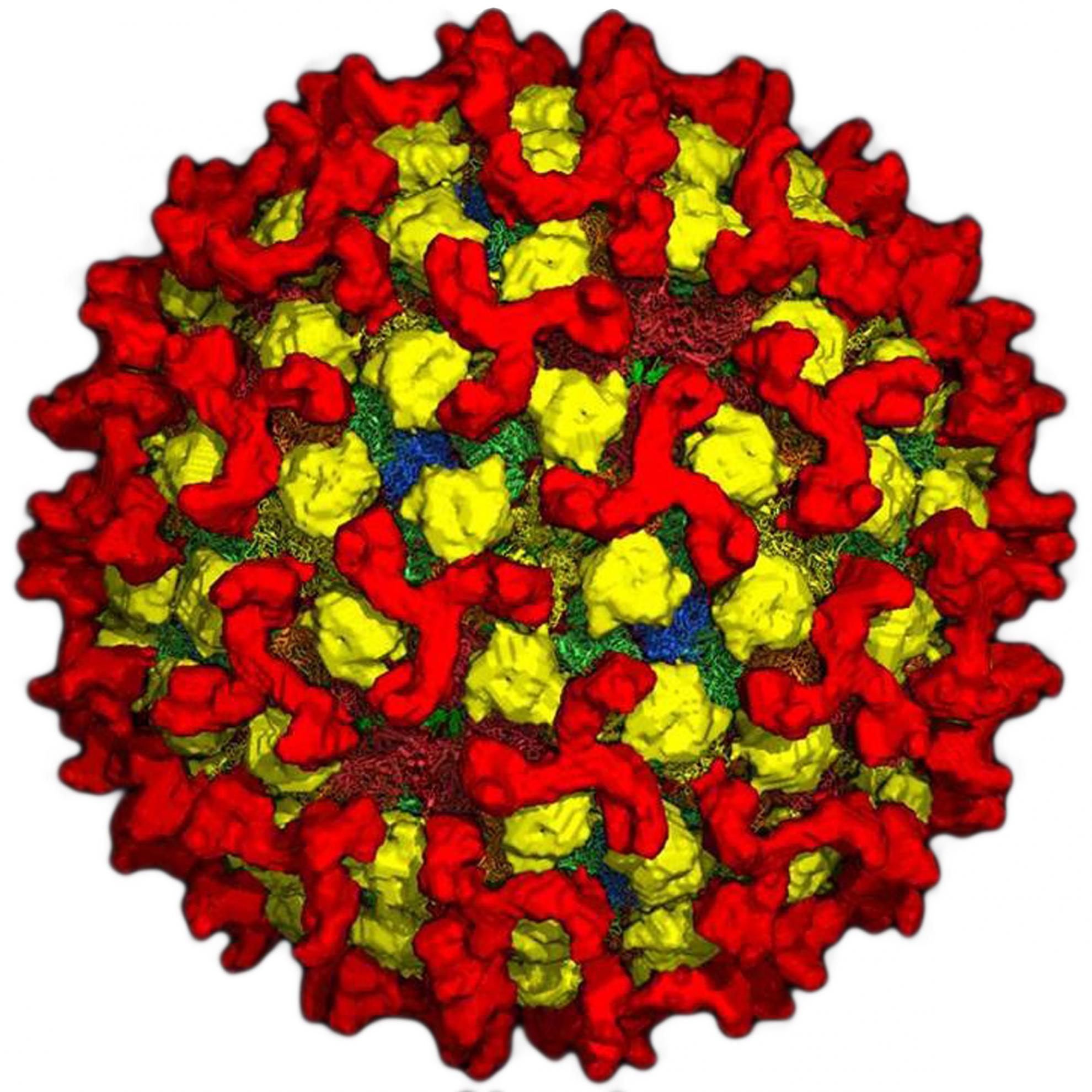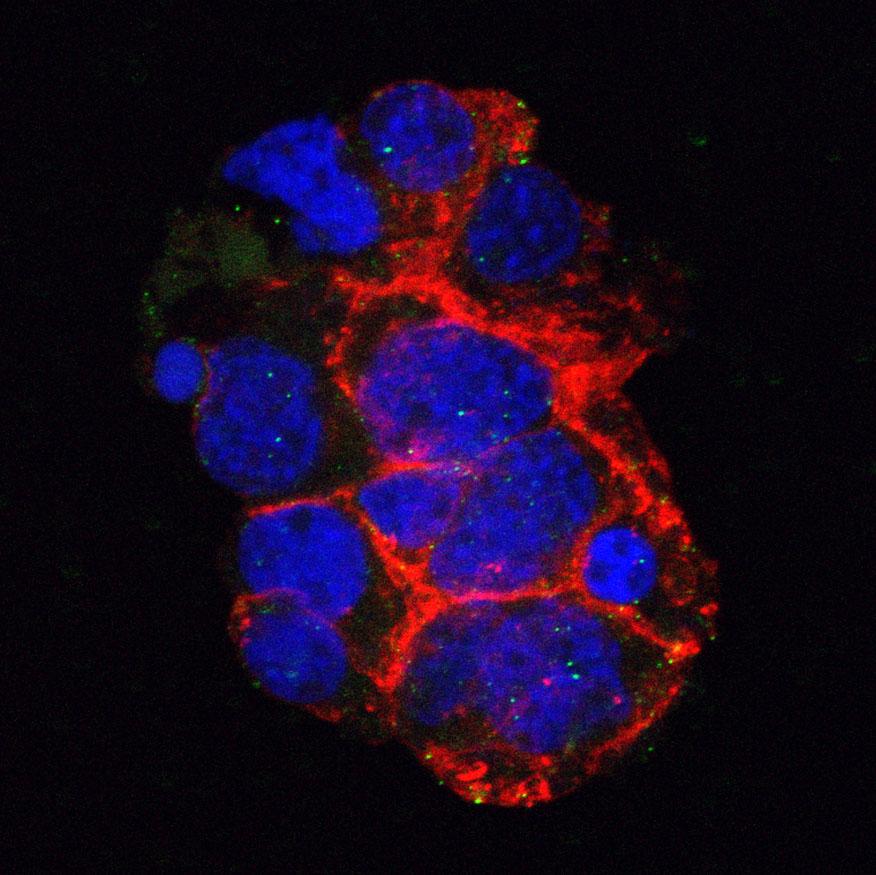Demonstration of lumpy skin disease virus infection in Amblyomma hebraeum and Rhipicephalus appendiculatus ticks using immunohistochemistry
Lumpy skin disease (LSD) is caused by lumpy skin disease virus (LSDV), a member of the genus Capripoxvirus. Transmission of the virus has been associated with haematophagous insects such as Stomoxys calcitrans as well as Aedes and Culex species of mosquitoes. Recent studies have reported the transmission of the virus by Amblyomma hebraeum, Rhipicephalus appendiculatus, and Rhipicephalus decoloratus ticks and the presence of LSDV in saliva of A. hebraeum and R. appendiculatus ticks. The aim of this study was to determine which tick organs become infected by LSDV following intrastadial infection and transstadial persistence of the virus in A. hebraeum and R. appendiculatus ticks. Nymphal and adult ticks were orally infected by feeding them on LSDV-infected cattle. Partially fed adult ticks were processed for testing while nymphs were fed to repletion and allowed to moult to adults before being processed for testing. The infection in tick organs was determined by testing for the presence of the viral antigen using monoclonal antibodies with immunohistochemical staining. The viral antigen was detected in salivary glands, haemocytes, synganglia, ovaries, testes, fat bodies, and midgut. Since the virus was shown to be able to cross the midgut wall and infect various tick organs, this may indicate potential for biological development and transmission of LSDV in ticks. This study strengthens the previously reported evidence of the occurrence of LSDV in tick saliva.
Back to publications

